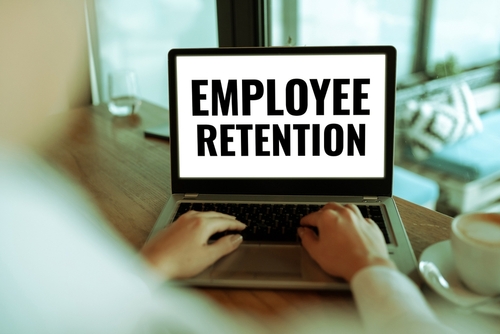Across the country and around the globe, people are facing historic inflation and other cost-of-living pressures, adding significant financial strain and concerns for their future financial security. Given the enormous media attention to these trends, this is hardly surprising.
What is surprising, however, is how these conditions are impacting employee retention.
Financial Strain May Lead to Turnover
One could be forgiven for assuming that employees facing financial strain would hold onto their jobs for dear life. After all, primary employment is where the vast majority of Americans receive the lion’s share of their income.
But recent data suggests that financial strain might actually be causing many employees to consider leaving their jobs.
“In a June 2023 survey of 53,912 global workers by PwC, 26% said they intend to quit their jobs in the next year,” writes Alex Christian in an article for BBC Worklife. “Much of this is driven by the cost-of-living crisis, which is especially acute in the UK: 47% of UK workers said they had little to no savings left at the end of each month, with a further 15% also stating their household struggles to pay its bills. Contrary to some past patterns, this financial precarity is pushing workers to move around the labour market – and in some cases, leave it entirely.”
What’s Different These Days?
So what’s different today than in years past? One significant contributing factor is likely the still-strong labor market and the high demand for workers. Workers who quit their jobs due to financial strain aren’t simply choosing to stay home and bemoan their situations.
They’re looking for other, better-paying jobs. And many are having success finding them.
Another factor is the cost of core services, particularly childcare, faced by many workers. “In some cases, the price of care exceeds many parents’ salaries, meaning it becomes more financially savvy to leave a job and move into a full-time carer role,” writes Christian.
This trend puts employers in an interesting position.
On the one hand, there’s a risk of losing staff who can find better-paying jobs elsewhere. On the other hand, it’s an opportunity to attract quality people away for jobs that don’t pay as well.
Of course, most employers don’t have an endless budget for payroll. Many will need to find creative ways to help employees deal with cost-of-living challenges. This might include employer-provided childcare, inflation bonuses or more flexibility to work from locations with lower costs of living.
Lin Grensing-Pophal is a Contributing Editor at HR Daily Advisor.

